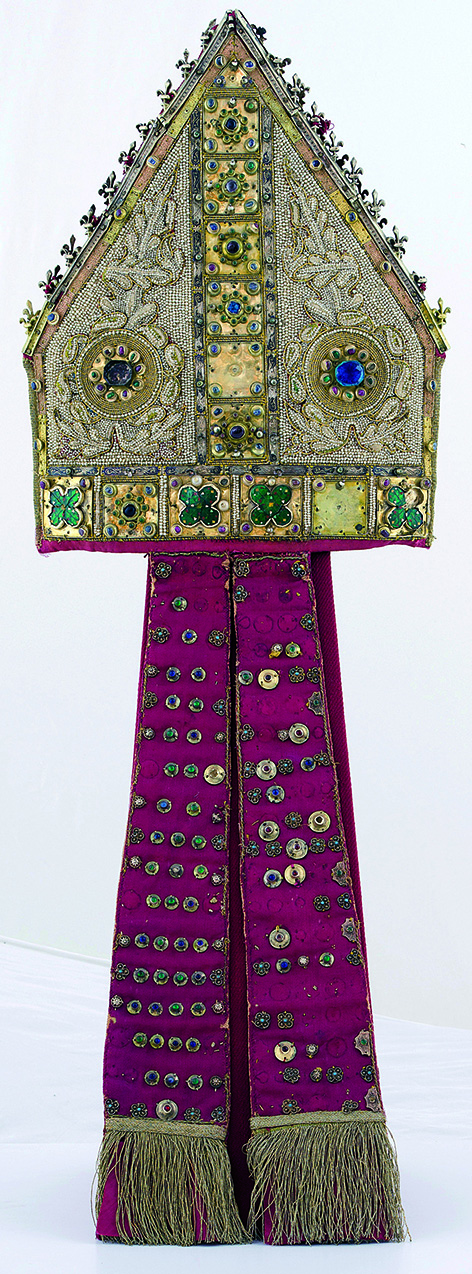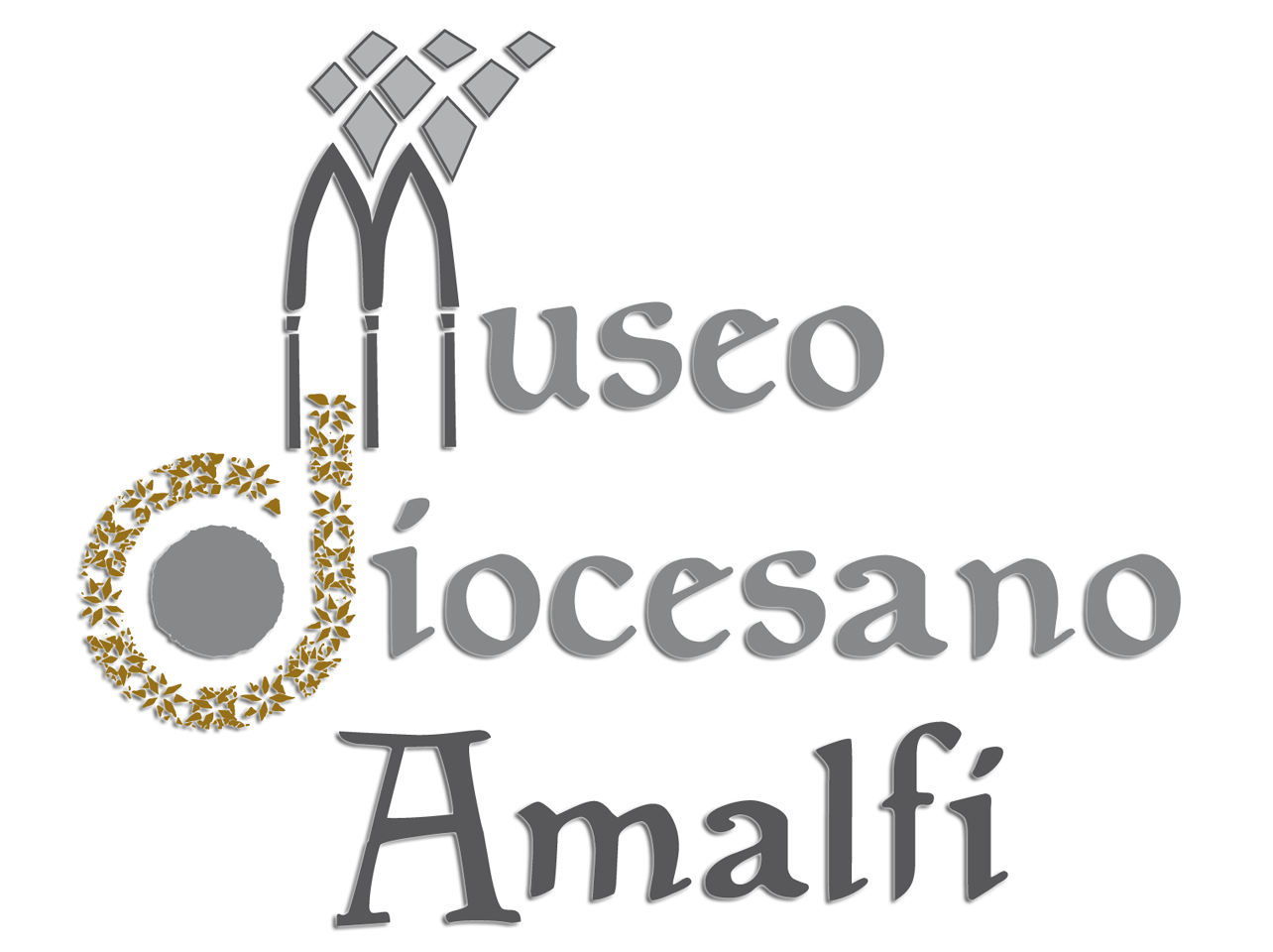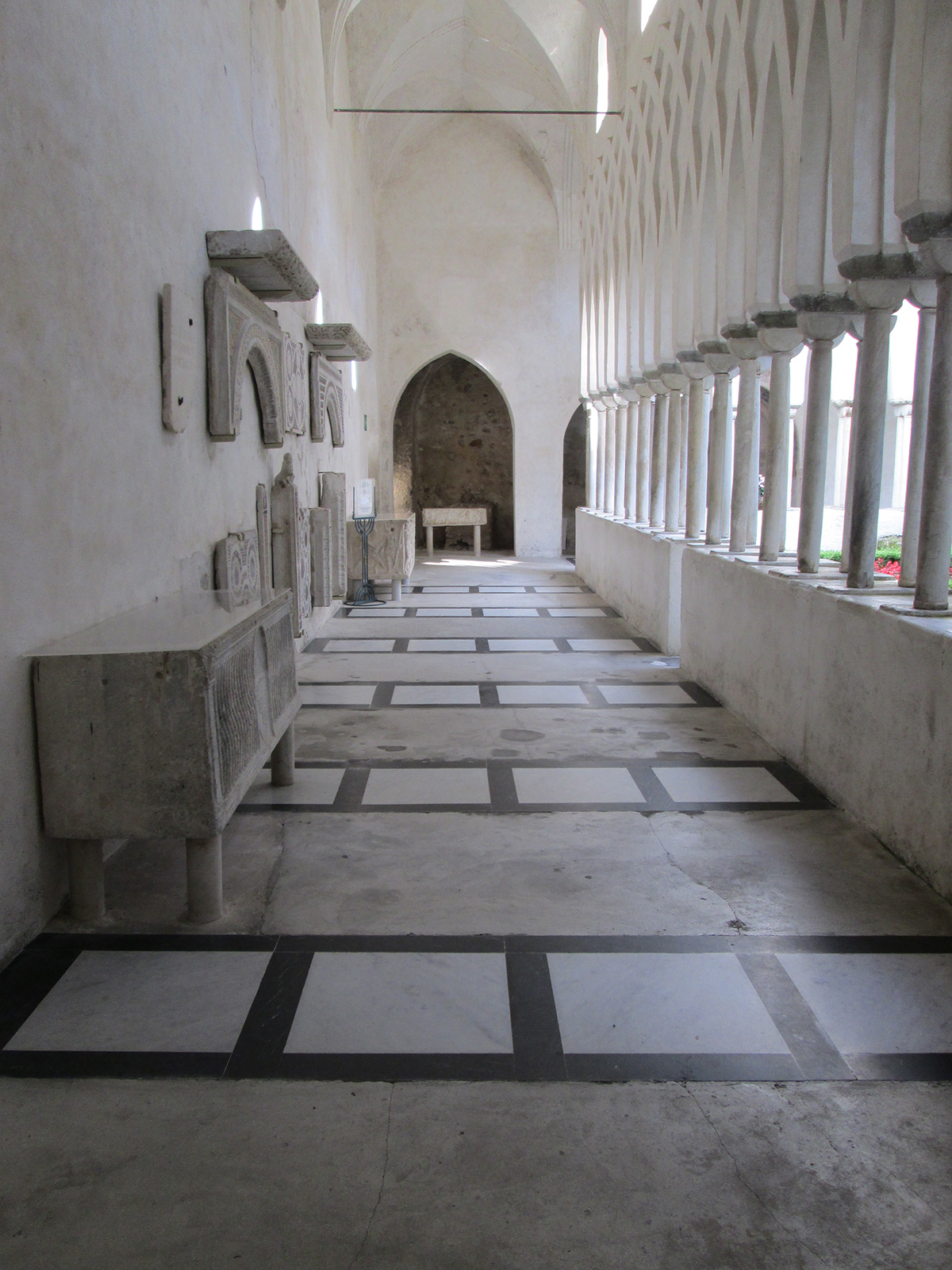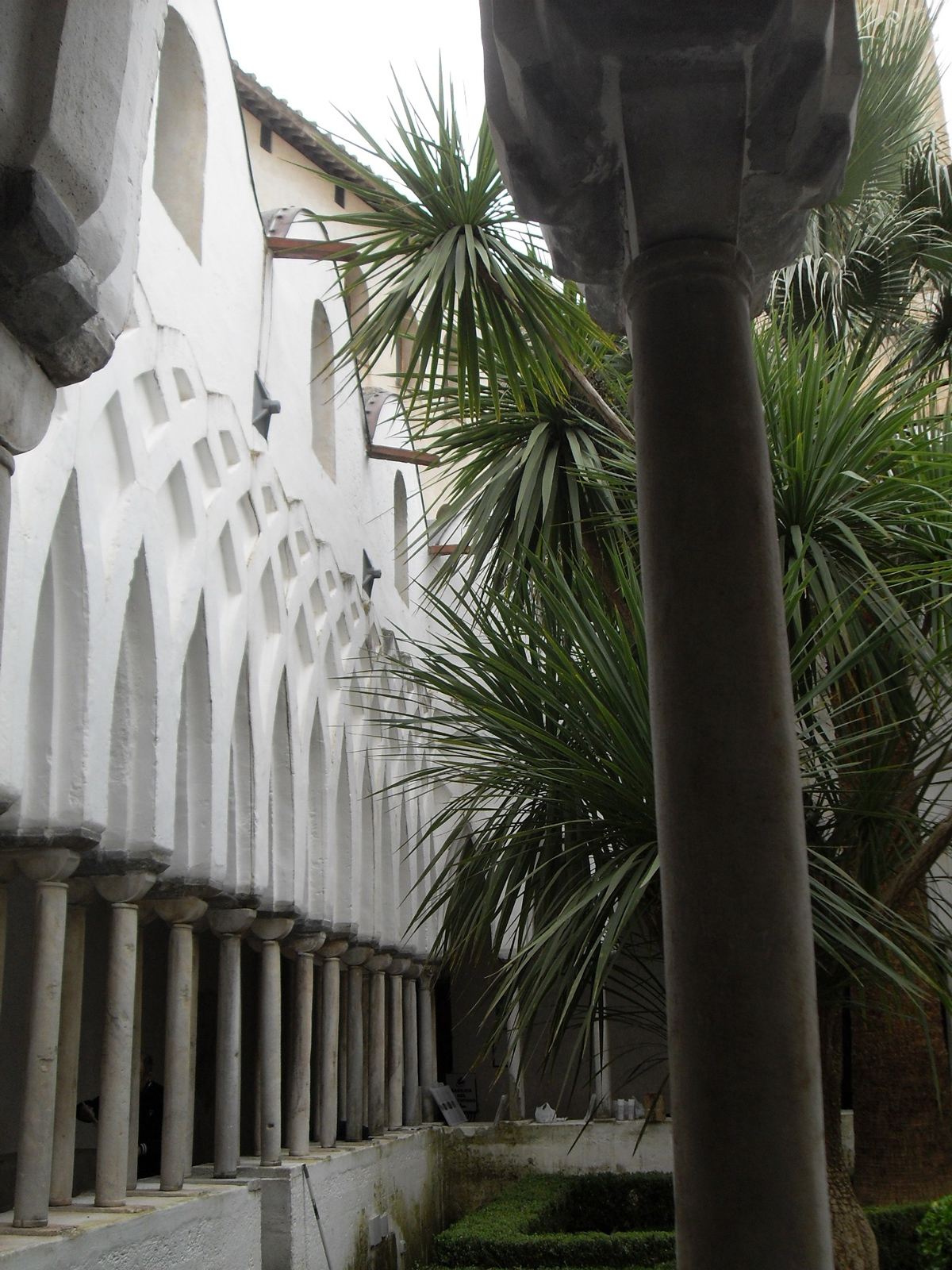Mitre
Mitre
neapolitan manufacture
13th century; 14th century
gold, silver, gems, glass pastes, fabric, beads, enamels de plique on gold, opaque enamels on silver champlevè, translucent enamels
Please, you use earphones to not disturb other visitors
It is considered the most valuable European middle ages mitre.
The bottom is decorated by about 19,330 Eastern pearls that describe foliage motifs of Gothic elegance. In titulo and in circulo are applied gold plates, bearing cabochon gems surrounded by other small gems and pearls. On the back there are still three golden quadrilobes with de plique enamels, decorated with delicate vegetal elements that, together with rectangular and square plates filigree worked, were stylistically attributable to sicilian goldsmiths of 13th century.
For the small lilies on the crest and in comparison with the mitre painted by Simone Martini in Saint Ludovico di Tolosa in Capodimonte, the mitre was referring to an atelier of the Angevin court, which would have created it on commission from Carlo II di Angiò by 1297, year of the consecration of Ludwig to Bishop of Toulouse. More likely, according to documentary sources, the mitre was commissioned by Bishop Andrea de Alaneo (1294-1319) according to the modern Gothic taste, but reusing the Sicilian production leaves of the Norman period that once decorated an ancient mitre, which no longer exists, commissioned by Bishop Filippo Augustariccio.




